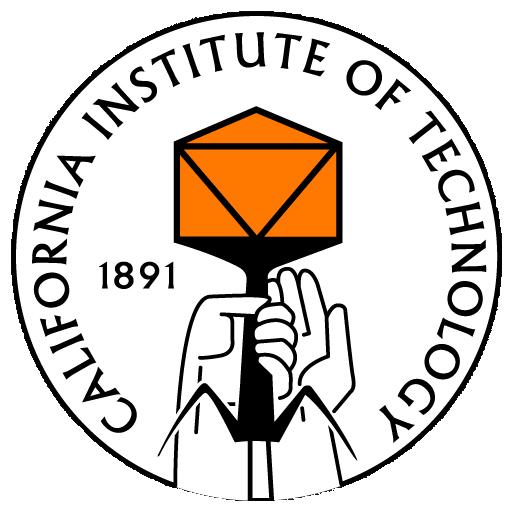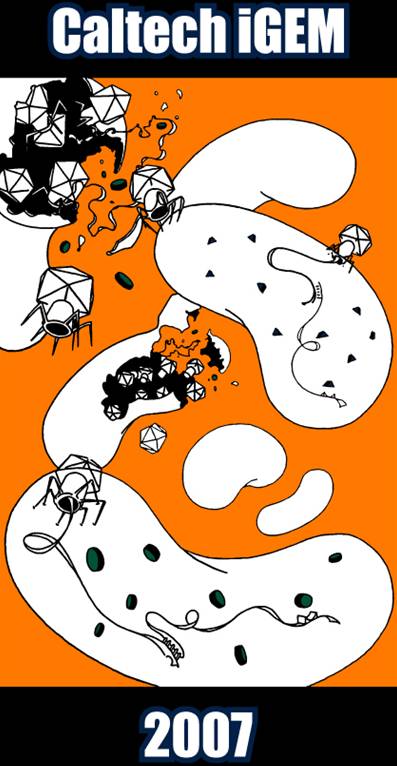Caltech
From 2007.igem.org
| (4 intermediate revisions not shown) | |||
| Line 11: | Line 11: | ||
==<center>Our Project</center>== | ==<center>Our Project</center>== | ||
| - | [[Image:Caltech_igem_2007.jpg|right| | + | [[Image:Caltech_igem_2007.jpg|right|215px]]The Caltech iGEM 2007 [[Caltech/Members|team]] is composed of four undergraduates from Caltech and one undergraduate from MIT. Team members are current juniors and seniors in biology, chemistry, chemical engineering, and biological engineering. The team was advised by three graduate students and three faculty mentors. |
<b>Our project attacks the following problem: can one engineer viruses to selectively kill or modify specific subpopulations of target cells, based on their RNA or protein expression profiles?</b> | <b>Our project attacks the following problem: can one engineer viruses to selectively kill or modify specific subpopulations of target cells, based on their RNA or protein expression profiles?</b> | ||
| - | This addresses an important issue in gene therapy, where viruses engineered for fine target discrimination would selectively kill only those cells over- or under-expressing specific disease or cancer associated genes. | + | This addresses an important issue in gene therapy, where viruses engineered for fine target discrimination would selectively kill only those cells over- or under-expressing specific disease or cancer associated genes. Alternatively, these viruses could be used to discriminate between strains in a bacterial co-culture, allowing strain-specific modification or lysis. |
This is clearly an ambitious goal, so we brainstormed a simple model of this problem suitable for undergraduates working over a summer. The bacteriophage λ is a classic, well studied virus capable of infecting E. coli, another classic model genetic sytem. We therefore seek to engineer a λ strain targeted to lyse specific subpopulations of ''E. coli'' based on their transcriptional profiles. Together, λ and E. coli provide a tractable genetic model for this larger problem, while hopefully providing lessons applicable to more ambitious, future projects. | This is clearly an ambitious goal, so we brainstormed a simple model of this problem suitable for undergraduates working over a summer. The bacteriophage λ is a classic, well studied virus capable of infecting E. coli, another classic model genetic sytem. We therefore seek to engineer a λ strain targeted to lyse specific subpopulations of ''E. coli'' based on their transcriptional profiles. Together, λ and E. coli provide a tractable genetic model for this larger problem, while hopefully providing lessons applicable to more ambitious, future projects. | ||
Latest revision as of 02:39, 27 October 2007
iGEM 2007
Home
Highlights
Project
People
Protocols
The Caltech iGEM 2007 team is composed of four undergraduates from Caltech and one undergraduate from MIT. Team members are current juniors and seniors in biology, chemistry, chemical engineering, and biological engineering. The team was advised by three graduate students and three faculty mentors.
|

